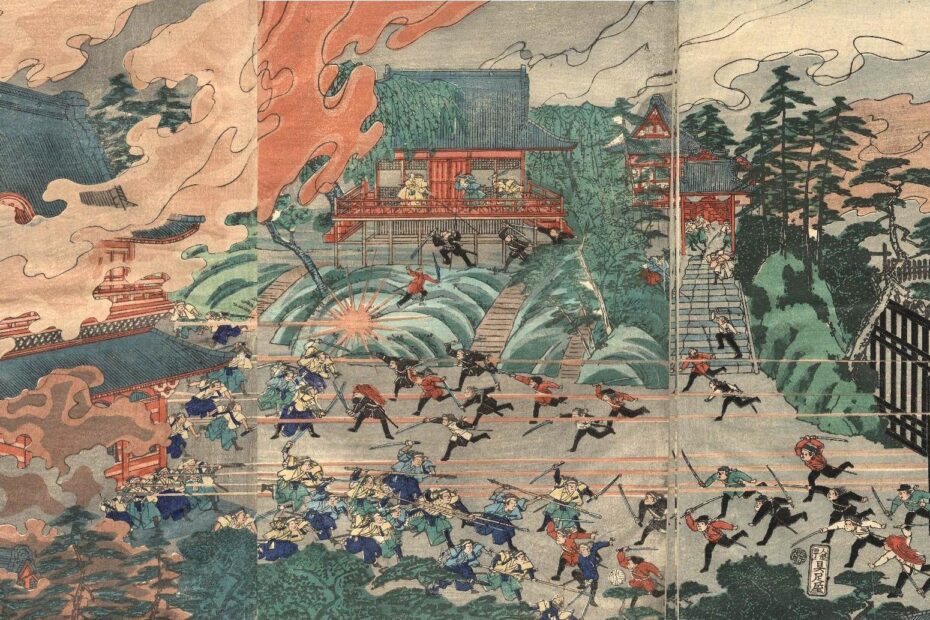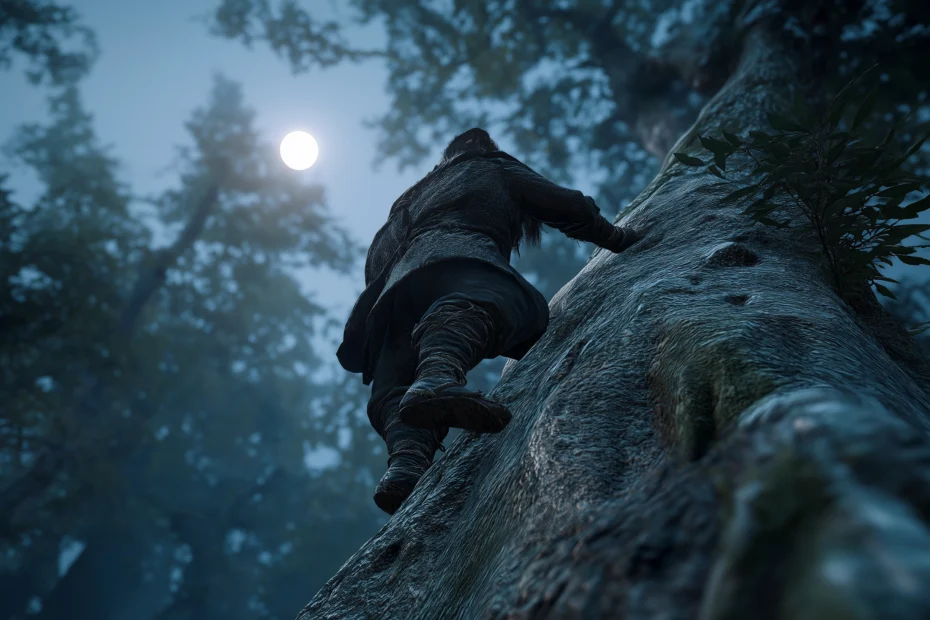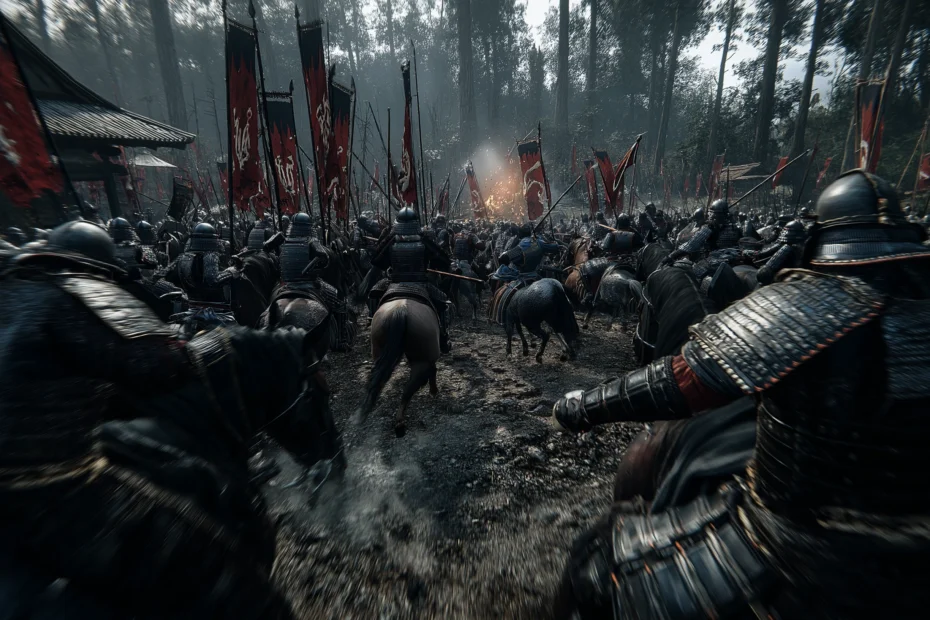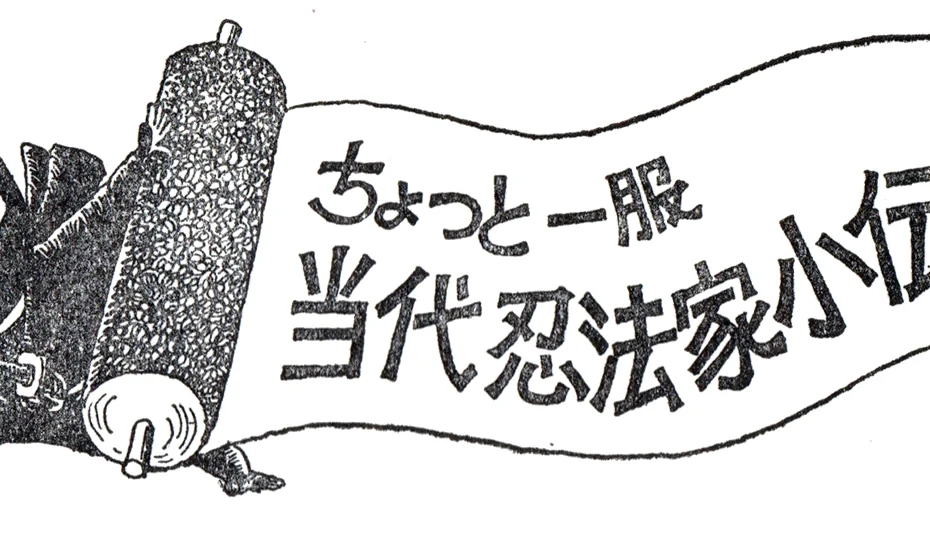History of Ninjutsu: Secret for Anticipating Disasters
The Esoteric Mantra Secret for Anticipating Disasters: The “Three Pulses Method” (Page 214-216) from the book Ninpō Chōjin no Sekai by Ōhira Yōsuke. If humans possess precognitive abilities, then in… Read More »History of Ninjutsu: Secret for Anticipating Disasters




